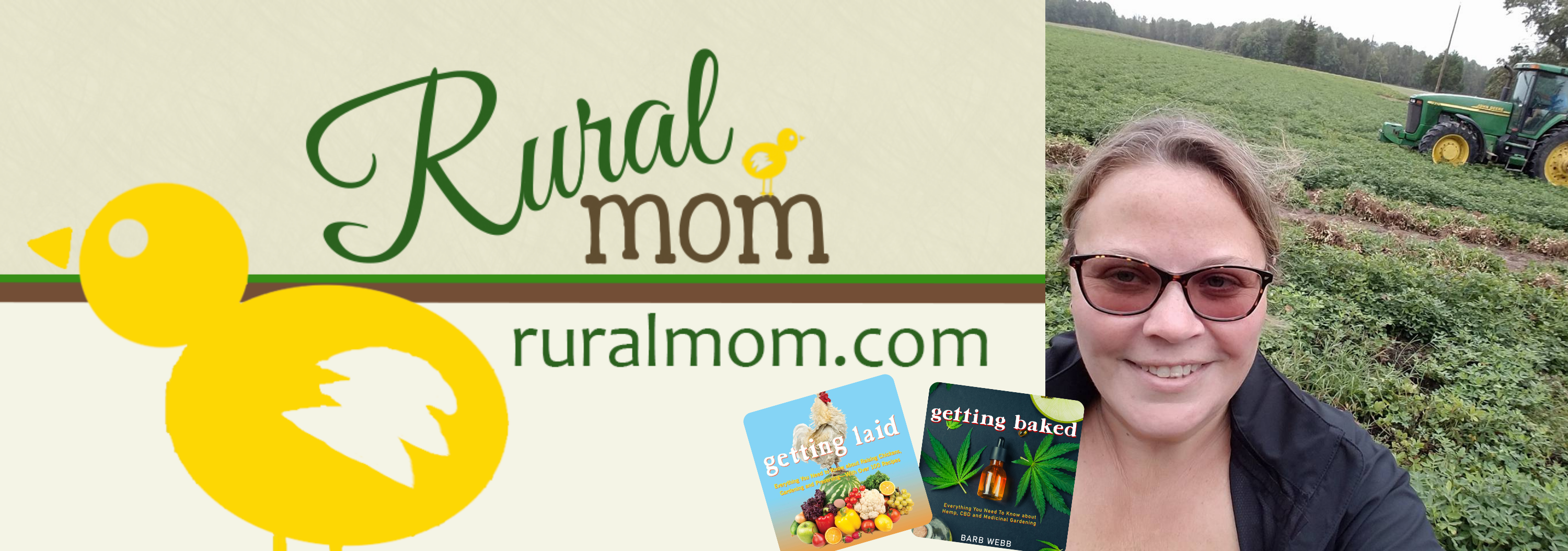Fairy gardens have such a charming history and a few surprising roots! These gardens as we know them became popular in the West in the early 1900’s. They may have been inspired by Japanese miniature landscapes displayed at the 1893 World’s Fair. Victorian influence and trends from European culture in England and France may have contributed to the popularity, as well.
The modern resurgence of fairy gardens may owe a little something to Tinker Bell and fantasy novels. Pinterest and Instagram gave them a big boost in the 2010s, making them a staple in whimsical gardening.
Fairy gardens are closely linked with Celtic folklore. Ireland and Scotland, in particular, are known for their rich fairy mythology. Tiny fairy doors placed at the base of trees or in gardens are thought to invite fairies to visit—or keep them from causing mischief!
Germany (especially Bavaria) has a long tradition of gnomes and miniature scenes, which blend into fairy garden aesthetics. Gnomes were originally protectors of the earth and treasures—so they’re right at home in fairy gardens.
Ready to create your own? Use these ideas for inspiration!
Nature & Season Themes
Woodland Forest Fairy Village – Moss paths, acorn cap dishes, twig houses, maybe a pinecone market stall. In many cultures, leaving a space for fairies (like a garden or a fairy door) is thought to bring good luck, protection, or fertility to the land. It’s part hospitality, part insurance policy—don’t offend the fair folk!
Seaside Fairy Cove – Use sand, seashells, driftwood, and blue glass. Maybe the fairies are merfolk?
Autumn Harvest Festival – Mini pumpkins, leaf garlands, tiny hay bales, and a harvest table for feasting fairies.
Winter Snowball Fight – Faux snow, cotton batting hills, little sleds, and snowball piles (white beads or pebbles).
Mythical & Magical Themes
Celtic Fairy Ring – Circle of mushrooms, standing stones, mossy elements, and a tiny bonfire for midsummer revels.
Moonlight Fairy Garden – Silver elements, white flowers, moonstones or glass beads, and glow-in-the-dark paint accents.
Dragon Guardian Garden – Tiny cave with a curled dragon, glittery treasures, and fairy knights.
Fae Apothecary – Mini shelves of herb bottles (dried herbs in glass vials), a tiny mortar & pestle, mushroom stools.
Historical & Fantasy Themes
Victorian Fairy Parlor -Delicate lace, floral wallpaper prints (decoupaged on background), a garden tea party setup. Botanic gardens, garden centers, and even county fairs host annual fairy garden competitions. There’s a whole world of competitive fairy gardening—complete with rules about scale, realism, and plant use!
Shire-Inspired Hobbit Fairy Garden – Round doors, garden tools, hanging laundry lines, and veggie patches. In Ann Arbor, Michigan, little fairy doors started appearing on buildings and homes in the early 2000s. It sparked a whole movement—kids leave notes, offerings, and even tiny fairy mailboxes.
Cottagecore Fairy Farm – Little chicken coops, bee skeps, herb beds, and a clothesline—hello Rural Mom vibes!
Ancient Woodland Druids – Stone circles, runes on pebbles, bare wood structures, a wise old owl figurine.
Whimsy & Fun
Fairy Bakery – Tiny cupcakes, rolling pins, cinnamon stick logs, and sugar-crystal fairy dust.
Traveling Fairy Caravan – Gypsy wagon, string lights, map scrolls, maybe a miniature mailbox for fairy postcards.
Library of Lore – Teeny stacked books, scrolls, a quill, lanterns, and a comfy mushroom chair. Indoor fairy gardens are popular for terrariums, teacups, broken pots (“fairy spill gardens”), and old drawers or lanterns turned into tiny magical worlds.
Discover more from Rural Mom
Subscribe to get the latest posts sent to your email.



